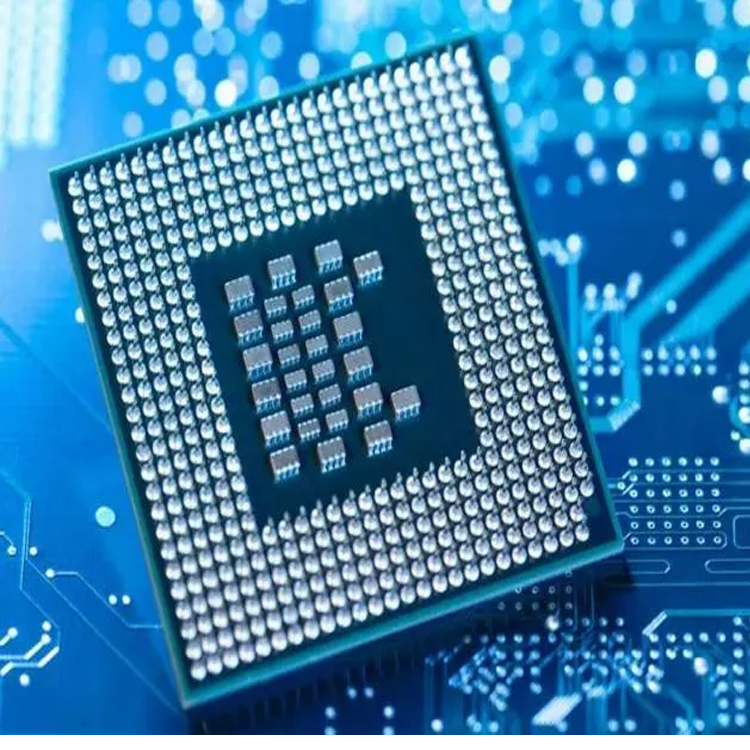Semiconductor products cover everything from basic diodes and transistors to complex integrated circuits and microprocessors. These products play a crucial role in electronic devices, including transistors for amplifying and switching current, diodes for rectifying and stabilizing voltage, and memory devices such as DRAM and flash memory for storing and processing data. Integrated circuits, such as microprocessors and communication chips, are the core of modern electronic technology, enabling complex data processing and communication functions. The advancement of semiconductor manufacturing and packaging technology has made these products more efficient and miniaturized, driving the development of the entire electronics industry.

semiconductor device
transistor
Transistors are the core components of semiconductor technology, widely used in amplification and switching circuits. The main types include field-effect transistors (FETs) and bipolar transistors (BJTs). Field effect transistors dominate digital and analog circuits due to their high input impedance and low power consumption characteristics. For example, metal oxide semiconductor field-effect transistors (MOSFETs) are the foundation of modern integrated circuits. Bipolar transistors are still important in power amplification and high-frequency applications due to their high-speed switching capability and high current carrying capacity.
diode
Diodes are the most basic semiconductor devices, mainly used for unidirectional conduction of current. Common types include rectifier diodes and voltage regulators. Rectifier diodes are typically used to convert alternating current into direct current, while voltage regulators are used to maintain a stable voltage level and prevent circuit overvoltage. The key parameters of these diodes include forward current, reverse breakdown voltage, power consumption, and switching speed.
Optoelectronic devices
Optoelectronic devices are an important branch of semiconductor technology, mainly including light-emitting diodes (LEDs) and photosensitive devices. LED is widely used in lighting and display technology due to its high efficiency, long lifespan, and reliability. Photosensitive devices such as photodiodes and phototransistors play important roles in automatic control and communication systems.
Storage devices
Memory devices are the core of data storage technology, including dynamic random access memory (DRAM) and flash memory. DRAM is widely used as main memory in computer systems due to its high-speed performance advantage. Flash memory, with its non-volatile and high-density characteristics, dominates in mobile devices and solid-state drives. The key parameters of these storage devices include storage capacity, read and write speed, power consumption, and lifespan.
When designing semiconductor devices, material selection, manufacturing process, and electrical performance are key considerations. For example, silicon materials dominate semiconductor devices due to their cost-effectiveness and mature manufacturing processes. However, with the development of technology, other materials such as gallium arsenide have shown excellent performance in specific applications. When selecting semiconductor devices, in addition to the technical parameters mentioned above, cost, size, and reliability also need to be considered.
integrated circuit
microprocessor
Microprocessors are the brain of modern computing devices, responsible for processing instructions and controlling other hardware. Their performance is usually measured by the number of cores, clock speed (usually in the GHz range), power consumption (ranging from a few watts to tens of watts), and process technology (such as 7 nanometers, 5 nanometers). High performance microprocessors face challenges in power consumption and cooling, requiring efficient cooling solutions.
Storage chip
Storage chips are key components of data storage, including static random access memory (SRAM) and dynamic random access memory (DRAM). SRAM has the advantages of high speed and low latency, but its cost is high and its capacity is small. DRAM provides larger storage capacity and lower cost, but with slower speed and higher power consumption. The key parameters of a storage chip include storage capacity (ranging from a few MB to a few GB), access time (in nanoseconds), and power consumption (ranging from a few milliwatts to a few watts).
Communication chip
The communication chip is used to process wireless or wired communication signals, and the key is to support different communication standards, such as 5G, Wi Fi, Bluetooth, etc. The performance indicators of these chips include transmission speed (Mbps or Gbps), frequency range, energy efficiency ratio (measured in energy consumption per bit), as well as supported communication standards and protocols.
Analog chip
Analog chips convert between digital and analog signals, including analog-to-digital converters (ADCs) and digital to analog converters (DACs). The key to their performance lies in conversion speed (number of samples per second), accuracy (number of bits), power consumption (usually in milliwatts), and noise level (usually expressed in signal-to-noise ratio). Analog chips play an important role in signal processing and sensor interfaces.
Mixed signal chip
The mixed signal chip combines analog and digital circuits, capable of processing analog signals and using them in digital systems. This type of chip is particularly important in mobile phones, consumer electronics, and automotive electronics. Their key parameters include integration level, power consumption, and size (usually in millimeters) ² Calculation and cost. A mixed signal chip requires precise design to ensure that the analog and digital parts do not interfere with each other.
The design and manufacturing of integrated circuits are highly complex and costly processes that require advanced materials such as silicon and gallium arsenide, as well as advanced manufacturing technologies such as deep ultraviolet lithography. With the development of technology, the size of integrated circuits continues to shrink and performance continues to improve, but at the same time, they also face challenges such as cost, design complexity, and physical limitations.